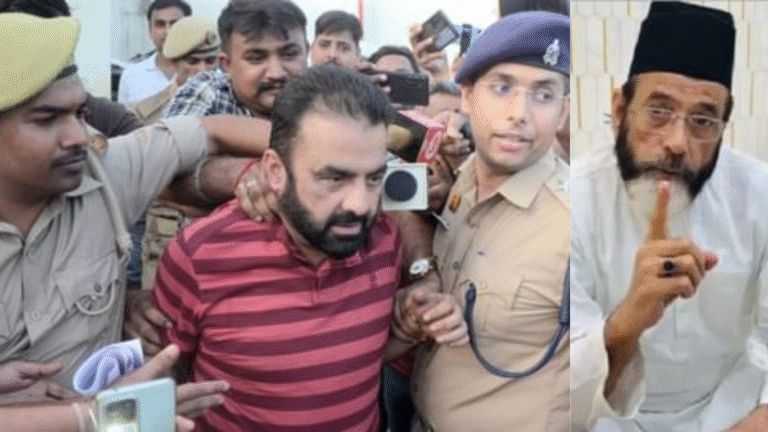
The minimum wages in Uttar Pradesh are revised by the state government periodically to reflect inflation and cost-of-living changes. The latest notification, effective from April 1, 2025, to September 30, 2025, provides clear wage rates for different categories of workers.
Here’s the updated wage structure:
| Category of Worker | Minimum Wages (per month) | Minimum Wages (per day – approx.) |
|---|---|---|
| Unskilled | ₹5,750 | ₹191 – ₹192 |
| Semi-Skilled | ₹6,325 | ₹210 – ₹211 |
| Skilled | ₹7,085 | ₹236 – ₹237 |
These rates are applicable across industries covered under the Minimum Wages Act in Uttar Pradesh. Employers must ensure they comply with these figures, and payment must be made either directly in cash or via bank transfer to maintain transparency.
While the earlier estimates were higher in some sectors, the government’s official notification sets the standard rates mentioned above. Workers are encouraged to check regularly with the Labor Department of Uttar Pradesh to stay updated on revisions, as these rates are typically reviewed every six months.
Importance of Minimum Wages for Workers and Employers
The significance of minimum wages in Uttar Pradesh goes beyond just numbers. For workers, it provides economic security. Daily wage earners often struggle with rising prices of food, housing, and healthcare. Minimum wages act as a safety net to cover basic needs and improve living standards.
For employers, minimum wages ensure a fair working environment and reduce exploitation, which helps build trust with their workforce. It also prevents unhealthy competition where some employers might otherwise cut costs by underpaying workers. By maintaining fair wage practices, companies can improve employee morale, productivity, and retention.
At a larger level, minimum wages help in economic growth. When workers earn fair pay, they spend more on goods and services, which boosts local businesses and contributes to the economy. They also reduce income inequality by ensuring that even the lowest-paid workers get a guaranteed minimum earning.
In states like Uttar Pradesh, where agriculture, construction, manufacturing, and services employ millions, these wage regulations are vital for balanced development. It ensures that workers across both rural and urban regions receive wages that reflect their efforts and help sustain their families.
Challenges and Future of Minimum Wages in Uttar Pradesh
While the implementation of minimum wages in Uttar Pradesh has brought many benefits, challenges still exist. One of the major issues is lack of awareness among workers. Many daily laborers, especially in rural areas, are not fully informed about the wage rates fixed by the government. This often results in exploitation, where workers are paid less than what they are entitled to.
Another challenge lies in enforcement. Monitoring every small workplace, especially in informal sectors like agriculture and domestic work, is difficult. Despite labor departments issuing regular notifications, not all employers comply. Weak enforcement mechanisms can undermine the purpose of wage laws.
Inflation and rising living costs also mean that wage rates need frequent revision. Sometimes, delays in updates cause real wages to lag behind the cost of living, affecting workers’ purchasing power.
Looking ahead, the state can strengthen its system by increasing awareness campaigns, using technology for monitoring, and encouraging digital payment methods to improve transparency. With initiatives like skill development programs and industrial growth, workers may gradually shift to higher-paying jobs. The future of minimum wages in Uttar Pradesh depends on a balanced approach where the interests of both workers and businesses are protected.
FAQs
Q1: Who decides the minimum wages in Uttar Pradesh?
The Uttar Pradesh state government sets the minimum wages under the Minimum Wages Act, 1948.
Q2: Do wage rates differ for skilled and unskilled workers?
Yes, skilled workers receive higher wages compared to semi-skilled and unskilled workers.
Q3: How often are minimum wages revised in Uttar Pradesh?
They are usually revised every six months or based on government notifications.
Q4: What happens if an employer pays less than the minimum wage?
It is a violation of labor law, and employers may face penalties and legal action.
Q5: Are minimum wages the same in rural and urban areas of Uttar Pradesh?
No, wages may vary depending on the location, industry, and category of work.



